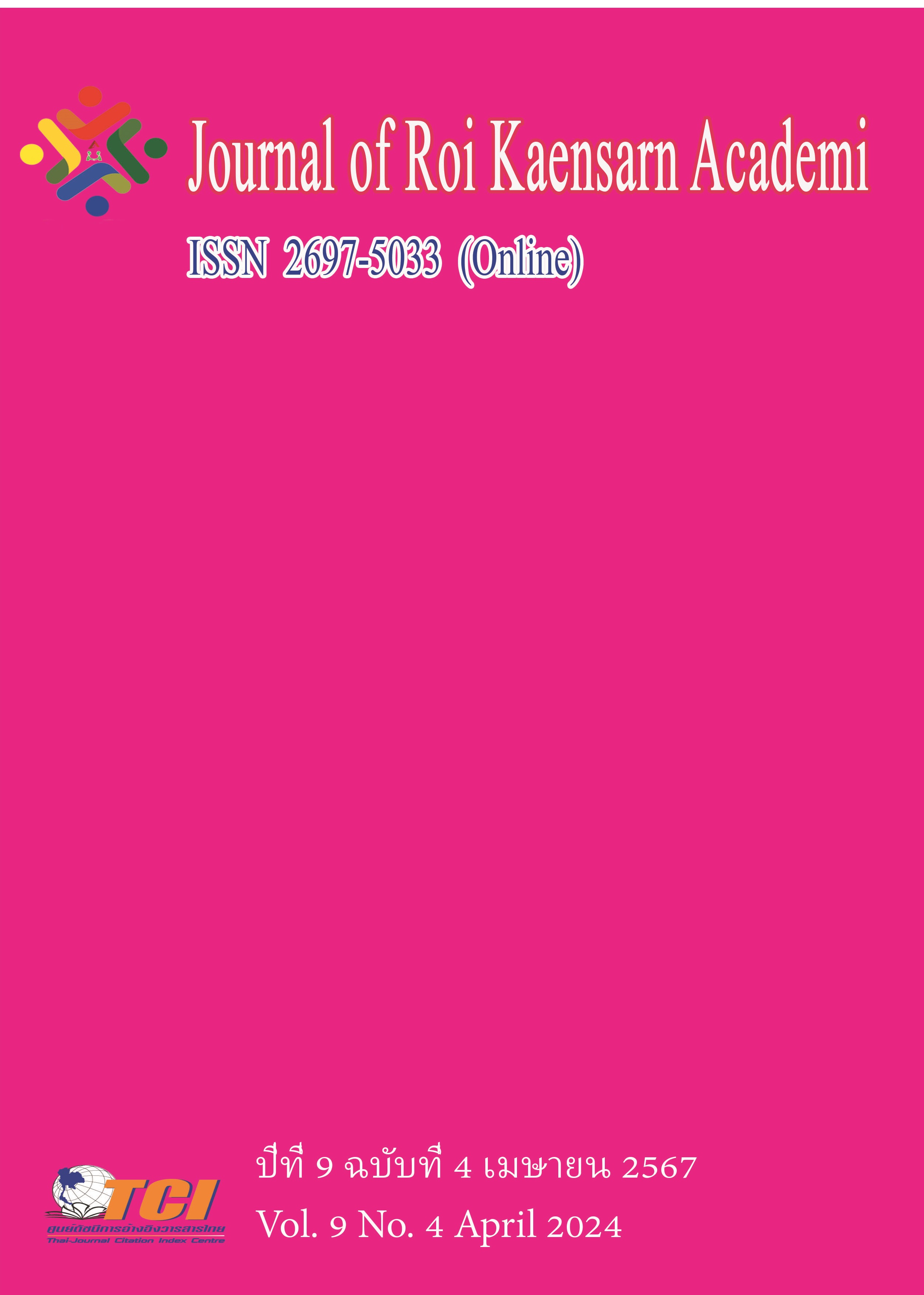A Study in Optimal Design of Livable Environment for Miao Mountainous Buildings in Peixiu Village of Guangxi
Main Article Content
บทคัดย่อ
Guangxi Miao mountain architecture is a traditional architectural form formed in the mountainous environment of China. It has unique ethnic minority cultural characteristics and regional adaptability. This study takes "Peixiu Village" in Guangxi as the research object. In order to improve the living environment of Miao mountain residents, a reasonable optimization design study is conducted on the built environment of Miao mountainous areas in Guangxi. The research process adopted research methods such as qualitative research method, quantitative research method, statistical analysis and descriptive analysis method, and used tools such as questionnaires and expert interviews to collect data. The AHP analytic hierarchy process was used for data analysis, and the integration of theory and practice was carried out. Research.
This study proposes optimization design strategies and cultural traditional paths for the livable environment of Miao mountain buildings by optimizing the village space, ecological environment, architectural space and cultural environment of the Miao built environment to improve the livability and sustainability of the mountain built environment. Persistent. Research reveals: (1) The integration of cultural heritage is an effective means, path and strategy to improve the livable environment and tourism attractiveness of villages, and plays a decisive role in optimizing the modern livable environment; (2) Optimizing the livable environment of Miao mountain buildings promotes training The development and sustainability of Xiucun’s livable environment, and the creation of a livable environment is very important to improving the high quality of the village.
Article Details
เอกสารอ้างอิง
Aunkrisa, S., & Kozak, M. (2018). Sustainable cultural heritage tourism at Ban Wangka Village, Thailand. Anatolia, (2), 183-193.
Porter, N. (2020). Strategic planning and place branding in a World Heritage cultural landscape: A case study of the English Lake District, UK. European Planning Studies, (7), 1291-1314.
Ruihua, L., Zengbing, L., & Xiuli, T. (2021). Research on the construction of evaluation index system for rural cultural construction. Rural Science and Technology, (18), 21-24. doi:10.19345
Sha, W. (2021). Exploration on the inheritance of vernacular architectural culture under the background of digitalization. Jiangxi Building Materials, (04), 250+252.
Taotao, Z. (2023). Inheritance and innovation of traditional Chinese architectural culture from the perspective of rural revitalization. Architectural Structure, (12), 170-171.
Zhifei, R. (2022). Cultural inheritance and innovation of livable rural buildings. Architectural Structure, (07), 150.
Zhizhong, D. (2006). Grounded interpretation of modern mountain architecture. Urban Architecture, (8), 20-24.

